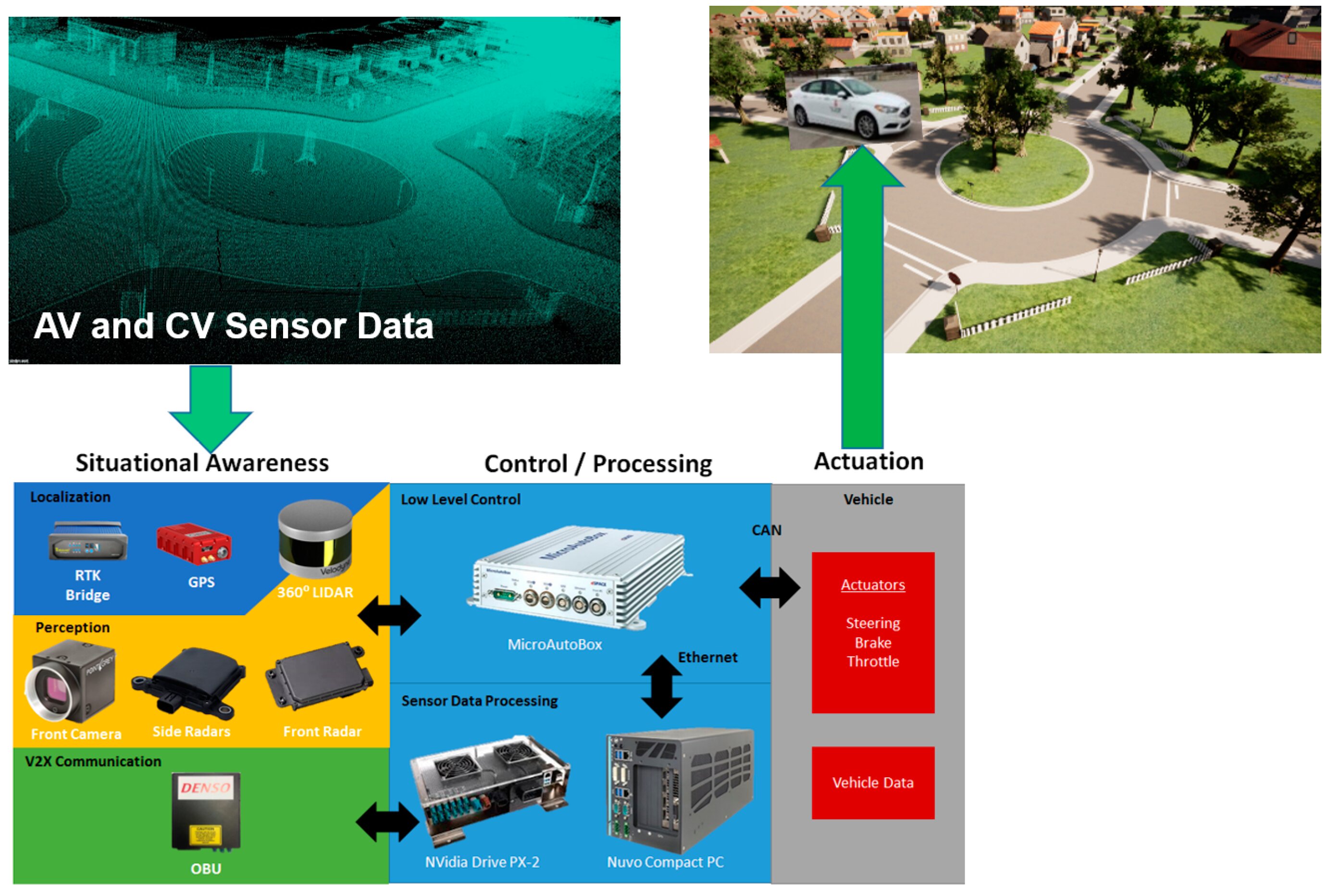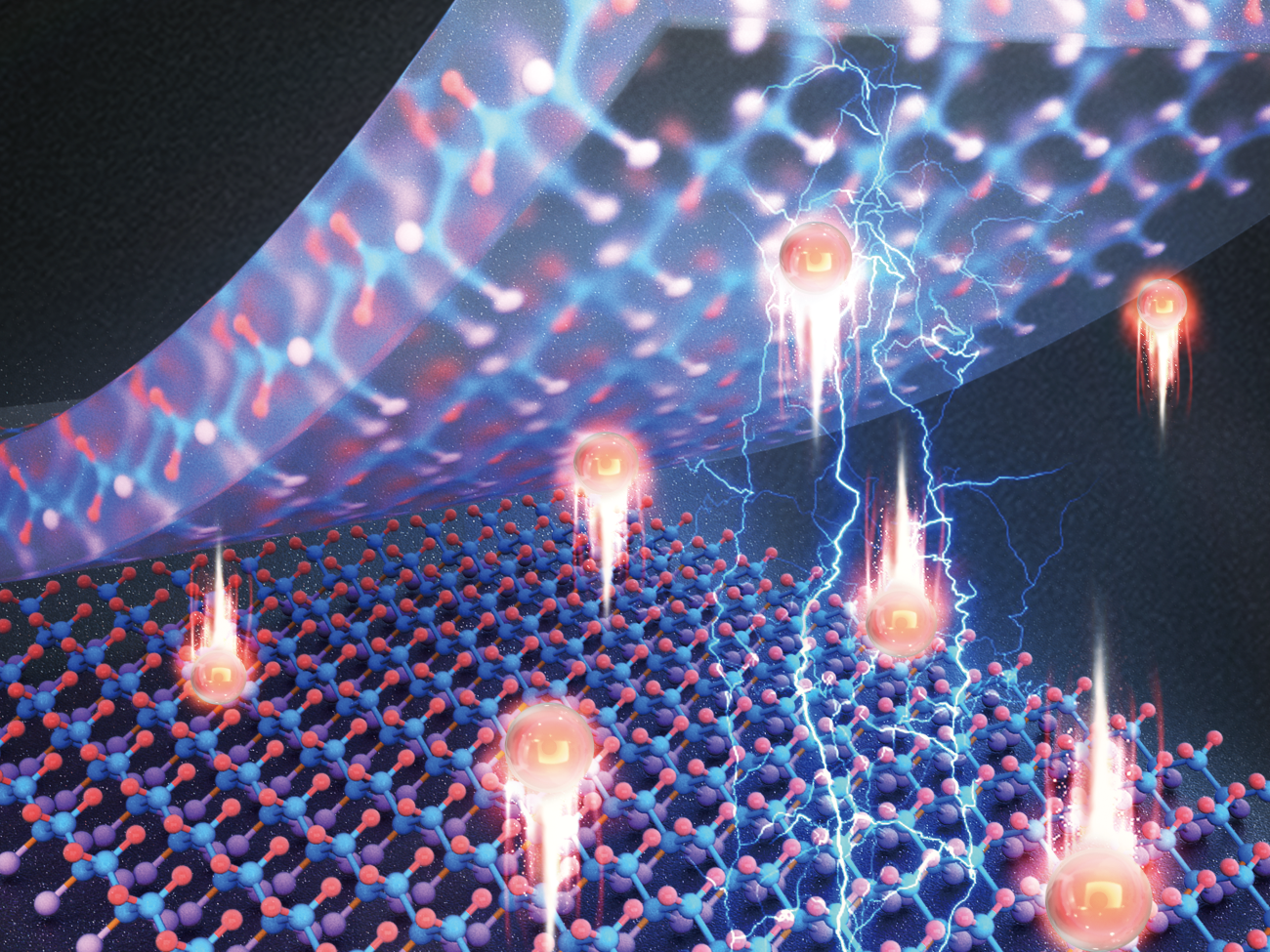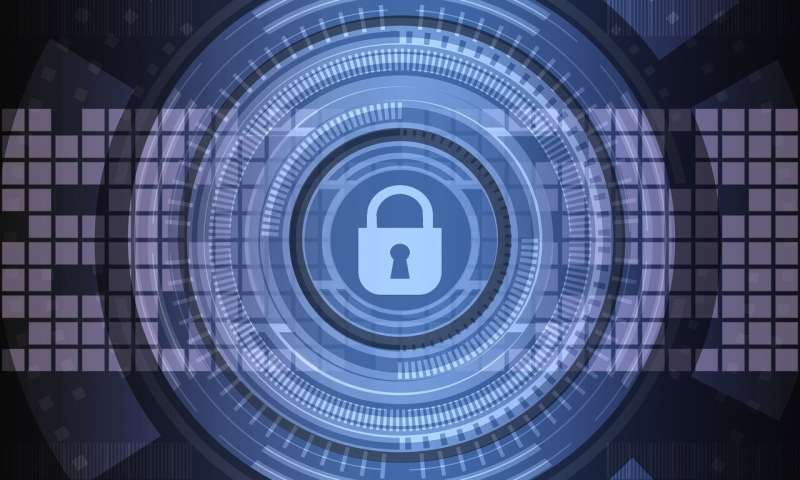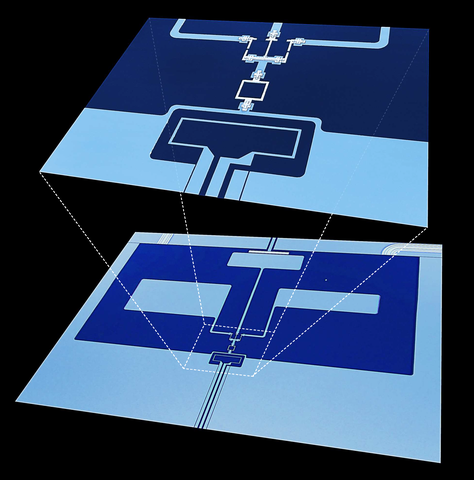
In an empty parking lot, a car ‘thinks’ it is on a real road.
Researchers at The Ohio State University have developed new software to aid in the development, evaluation and demonstration of safer autonomous, or driverless, vehicles.
Called the Vehicle-in-Virtual-Environment (VVE) method, it allows the testing of driverless cars in a perfectly safe environment, said Bilin Aksun-Guvenc, co-author of the study and a professor of mechanical and aerospace engineering at Ohio State.
Imagine a driverless car is placed in the middle of an empty parking lot...
Read More








Recent Comments